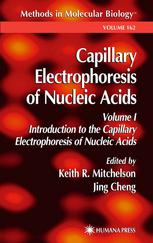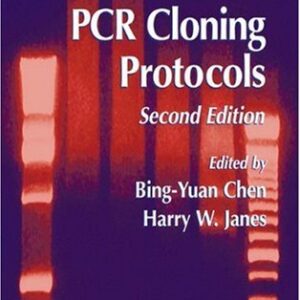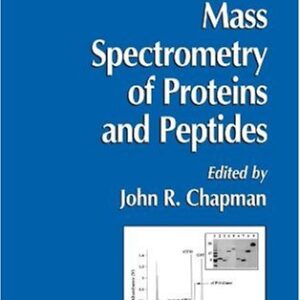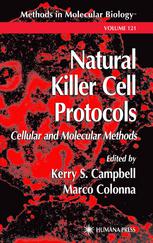Mammalian spermatozoa have complex structures. The structure-function relationship of sperm has been studied from various viewpoints. Accumulated evidence has shown that the sperm components undergo sequential changes from the beginning of spermatogenesis to the time of fertilization/embryogenesis. Structural analyses have been performed using various new techniques of light and electron microscopy as well as immunohistochemistry and immunocytochemistry in combination with specific probes such as antibodies against sperm components. Recently developed gene-manipulation techniques have accelerated investigations on the events that govern the relationship between the structure and molecular components of sperm. In addition, animal models with gene manipulations have been shown to exhibit various morphological and functional abnormalities that lead to infertility.
In this book, I discuss the events that occur in the normal sperm head and govern the structure-function relationship from the time of spermatogenesis to that of fertilization or egg activation. In this regard, I describe dynamic modifications and maturation events occurring in sperm-head components and compare the outcomes of these events with the outcomes of their failure.

![[PDF] Dynamics of the Mammalian Sperm Head: Modifications and Maturation Events From Spermatogenesis to Egg Activation Kiyotaka Toshimori (auth.)](https://pdfelite.com/wp-content/uploads/2024/04/0386ec9963107945ead7eac0832a7d5b-d.jpg)




Reviews
There are no reviews yet.